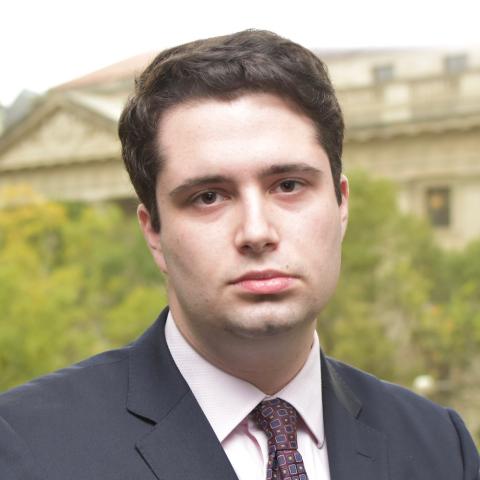If you give up choice, you can save money. That general rule holds even in the often-unintuitive world of health insurance, The New York Times reports:
Researchers at the Leonard Davis Institute at Penn analyzed the relationship between network size and premiums for plans offered in the Affordable Care Act marketplaces. Plans with very narrow networks (covering care by less than 10 percent of physicians) charged 6.7 percent lower premiums than plans with much broader networks (covering care by up to 60 percent of physicians). This translates into an annual savings for an individual of between $212 and $339, depending on age and family size. For a young family of four, the savings could reach nearly $700 per year.
“Marketplace consumers are looking for value,” said Daniel Polsky, the University of Pennsylvania health economist who led the study. “That level of savings could be a very good deal for consumers, but whether these plans provide value depends on how they are achieving those savings.”
One way plans might save money could make it harder for patients to get care — so that they get less of it. Narrow network plans may do this if they don’t cover enough nearby providers, with the ones they do cover too busy to take new patients in a timely fashion. Clearly this would be especially problematic if appointments with one’s preferred primary care doctor are hard to obtain.
The Times cites two studies which have tested real-world cases of narrow networks in Massachusetts and California. The first, co-authored by ACA architect (and infamous hot mic victim) Jonathan Gruber, finds that narrow plans saved consumers 36 percent and provided high quality care in Massachusetts while allowing them to stay with their primary care physicians. The second study found that narrow plans were far less effective in California, where consumers struggled to find primary care in-network and experienced average wait times of three weeks.
Will Americans be willing to compromise on wait times and choice if it means saving money? The studies suggest the jury is still out, but the Times concludes pessimistically:
“If patients struggle to obtain primary care appointments, narrow network plans may have a rocky future,” [California study author Simon Haeder] said. Consumers revolted against managed care in the 1990s, he notes, and they could very well revolt against poorly managed and loosely regulated narrow networks.
Health care policymakers and wonks should take note, particularly those advocating single payer. One of the big ways single payer systems keep costs under control is by limiting physician choice and delivering long wait times. Traditionally, these are among the many features of single payer which Americans have refused to accept. If Americans reject "narrow" networks, that should give anyone who thinks the government will ever take responsibility for insurance considerable pause.




















